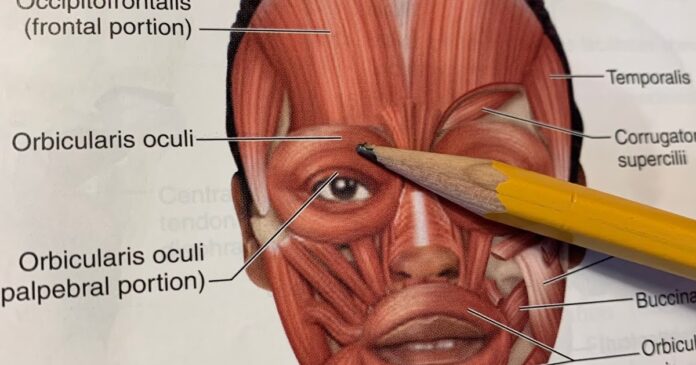From the earliest days of my involvement with the Anatomy & Physiology textbook, I’ve strived to ensure that the representation of people in the illustration program, the chapter narratives, the examples and cases presented, reflects the diversity of humanity. My publisher has fully supported my (rather expensive) requests for creating new artwork and shooting new photographs. They have also supported my chapter revisions and have helped me find and revise passages that need improvement.Why is this important? Our students—my readers and users of the textbook—must see themselves and their lived experiences reflected in this textbook and other learning materials. If they cannot, then it’s difficult for them to see themselves fully accepted as part of the humanity that we explore in the anatomy and physiology course. This perceived lack of acceptance is a very real barrier to learning. When they cannot easily see themselves as part of the world of A&P, then it’s also a barrier for students as they pursue their career path. Diverse representation in Anatomy & Physiology is also important because students must develop an understanding, acceptance, and appreciation of the normal variation and diversity among the human population if they are to be successful as healthcare and athletic professionals. The seventh edition of Anatomy & Physiology marked the moment when diverse and inclusive representation became a goal of every revision cycle. In the tenth edition, we were able to significantly diversify our photo collection and anatomical illustrations. For example, in the tenth edition, we were among the first to use Black female subjects for the key illustrations of human musculature—overturning centuries of white males serving that role.Diversity and inclusion has been a primary goal of the upcoming eleventh edition of Anatomy & Physiology, as well. As we review our page proofs and make our final tweaks, we continue our strong effort to make our textbook one of the most inclusive science textbooks on the market.However, as much as we have made admirable progress and maintained our lead in this area, we still have a long way to go. It’s a daunting task. And the path is not always clear. The resources are not always available. Our awareness is still expanding. Nonetheless, I think you’ll be pleased with the new edition when it is published later this year. And I hope you’ll join us in pointing out where we’ve made good progress and where we still need to improve. We’re in this together.




